Did you know that over 100 million ash trees have already been lost to emerald ash borer infestation in North America? The surge in ash borer infestation symptoms across neighborhoods, parks, and woodlands is turning once-vibrant landscapes into somber groves of dead trees. Recognizing the subtle signals your ash tree sends may mean the difference between preservation and loss. This guide will help you identify early and advanced signs, understand why rapid action is crucial, and take steps to protect your trees—before it’s too late.
The Urgent Threat: Ash Borer Infestation Symptoms Rising Across North America
- Did you know that over 100 million ash trees have already been lost to emerald ash borer infestation in North America? Explore the signs and symptoms of ash borer infestation before your ash trees become part of this growing statistic.
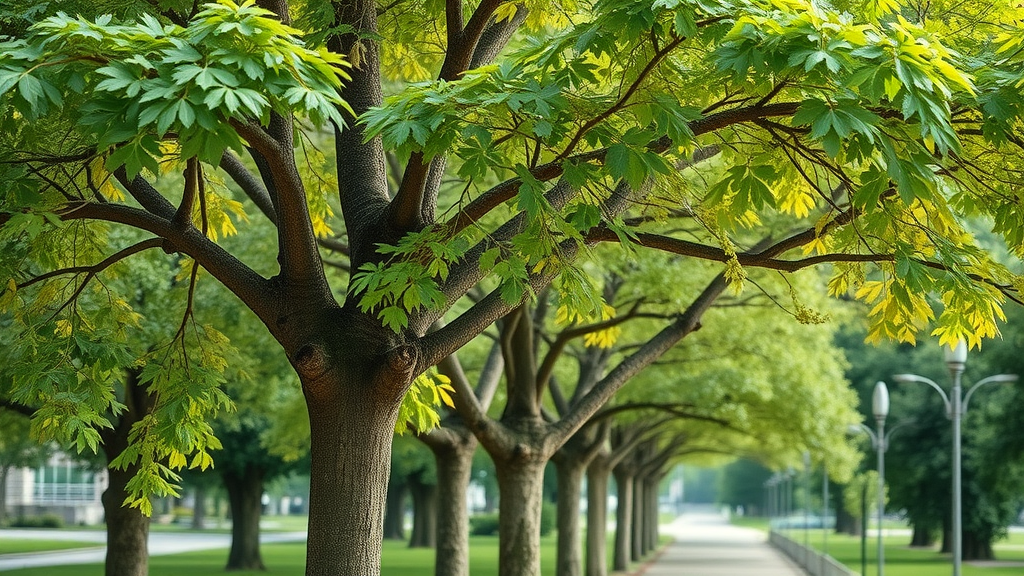
What You'll Learn About Ash Borer Infestation Symptoms and Protection
- How to recognize early ash borer infestation symptoms
- The lifecycle and habits of the emerald ash borer
- Best practices for early detection and safeguarding ash trees
- Common mistakes to avoid in ash tree care
Understanding Emerald Ash Borer: The Ash Borer Species Decimating Ash Trees
What is Emerald Ash Borer (Agrilus Planipennis) and Why is it So Destructive?
The emerald ash borer ( Agrilus planipennis ) is a slender, metallic green beetle originally native to Asia but unleashed on North America in the early 2000s. Since its arrival, this invasive species has decimated ash trees across the continent. Adults lay eggs on the bark of ash trees, and upon hatching, eab larvae burrow beneath the bark to feed on nutrient-rich tissues. Though small—only about half an inch long—their impact is catastrophic. The beetle’s lifecycle uniquely positions it to elude detection. As larvae feed beneath the bark , trees show little sign of trouble until vital internal layers have been extensively damaged. By the time ash borer infestation symptoms become visible, an emerald ash borer infestation is often well-established and difficult to control, endangering the ash wood supply, urban canopy, and forest ecosystems.
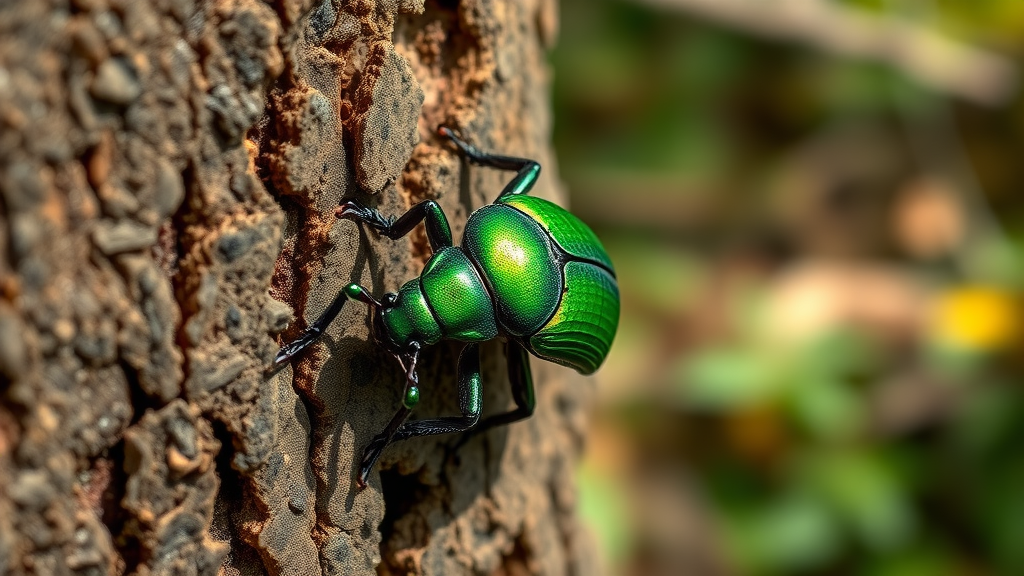
How Ash Borer Infestation Symptoms Develop in Ash Trees
Emerald ash borer infestations are insidious. After adult beetles lay eggs in bark crevices, eab larvae hatch and begin to feed, leaving behind winding, S-shaped larval galleries. As infestation intensifies, affected ash trees start showing external signs such as canopy thinning, bark splitting, and the appearance of D-shaped exit holes. These signs and symptoms often begin in the upper canopy, making them hard to detect in the early stages. As larvae continue to damage the tree’s crucial nutrient pathways, ash wood weakens and the tree’s ability to transport water and nutrients diminishes. This process can take months to years, but once visible, emerald ash borer symptoms signal urgent danger. Early observation of these symptoms is essential to slow the spread and potentially save neighboring ash species .
Ash Trees at Risk: Regional Spread and Vulnerable Species
The devastation of emerald ash borer is not confined to a single region. North America has witnessed the spread from the Great Lakes region—where the pest was first detected in Michigan St —to more than 35 states and several Canadian provinces. Any ash tree is at risk, but species such as green ash , black ash , and blue ash have suffered the greatest losses. Heavily trafficked urban areas with established ash-lined streets and parks often first report widespread damage, while rural forests may have small outbreaks that expand rapidly if unchecked. No region is immune, and prompt action at the first sign of eab infestation is critical for landscape and ecological health.
Early Signs and Symptoms of Ash Borer Infestation in Ash Trees
Telltale Signs: Exit Holes, Bark Splitting, and Canopy Thinning
Spotting ash borer infestation symptoms early is crucial for protecting ash trees . Initial signs tend to be subtle—a slight thinning in the canopy, or a faint yellowing of leaves in the upper canopy . As infestation grows, you may notice exit holes that are distinctly D-shaped, usually about 1/8 inch wide, from which adult eab beetles emerge. Another important signal is bark splitting, which can reveal winding larval galleries beneath the surface. Canopy thinning progresses over months, giving the tree a straggly or sparse look compared to healthy neighbors. These warning signals should be investigated immediately to prevent widespread borer infestation .
Spotting D-Shaped Exit Holes: A Visual Guide to Emerald Ash Borer Infestation
The most recognizable sign of ash borer infestation is the D-shaped exit hole created by the emerging adult eab . These holes are unique due to their flat bottom and rounded top, unlike the round holes created by other wood-boring insects. Our visual guide can help you distinguish these signs on your ash wood and act before further damage occurs. When inspecting an ash tree , closely examine the lower trunk, main branches, and areas with any visible bark cracks or splits. Accumulation of sawdust-like frass near these holes also indicates larval activity. Early detection of these exit holes gives you a critical window for possible intervention.
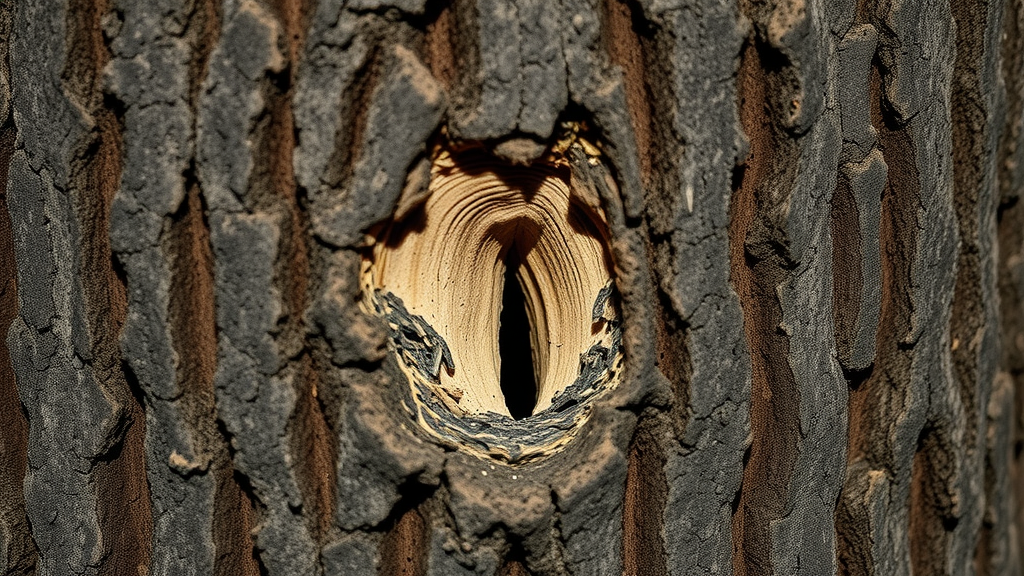
Visual Table: Signs and Symptoms of Ash Borer Infestation
| Symptom | Early Infestation | Late (Advanced) Infestation |
|---|---|---|
| Canopy Thinning | Subtle yellowing, slight sparse leaves in upper canopy | Extensive dieback, few remaining live branches |
| D-shaped Exit Holes | Small, sparse holes found on bark (1/8 inch) | Numerous holes on trunk and main limbs |
| Bark Splitting | Occasional vertical cracks, mild peeling | Large splits revealing S-shaped larval galleries |
| Larval Galleries | Thin, initial winding patterns beneath bark | Galleries dense, wide, cutting across ash wood layers |
| Epicormic Sprouting | Few shoots at trunk base or major limbs | Numerous, dense, often all along trunk |
Spotting Advanced Emerald Ash Borer Infestation Symptoms and Damage
When to Worry: Rapid Crown Dieback and Epicormic Sprouting in Ash Trees
As emerald ash borer infestation advances, the rate of tree decline accelerates. You may notice crown dieback , where the top third of the tree rapidly loses foliage and branches appear dead. In response to internal stress, the tree may produce clusters of new shoots, or epicormic sprouts, along the trunk and at its base—an act of desperation as it attempts to survive. These visual cues are often accompanied by brown, withered leaves clinging to dying branches and a sudden, accelerated loss of canopy. Such symptoms mean the infestation has reached a critical point and urgent intervention is necessary to attempt to save the tree or remove it to protect healthy ash trees nearby.
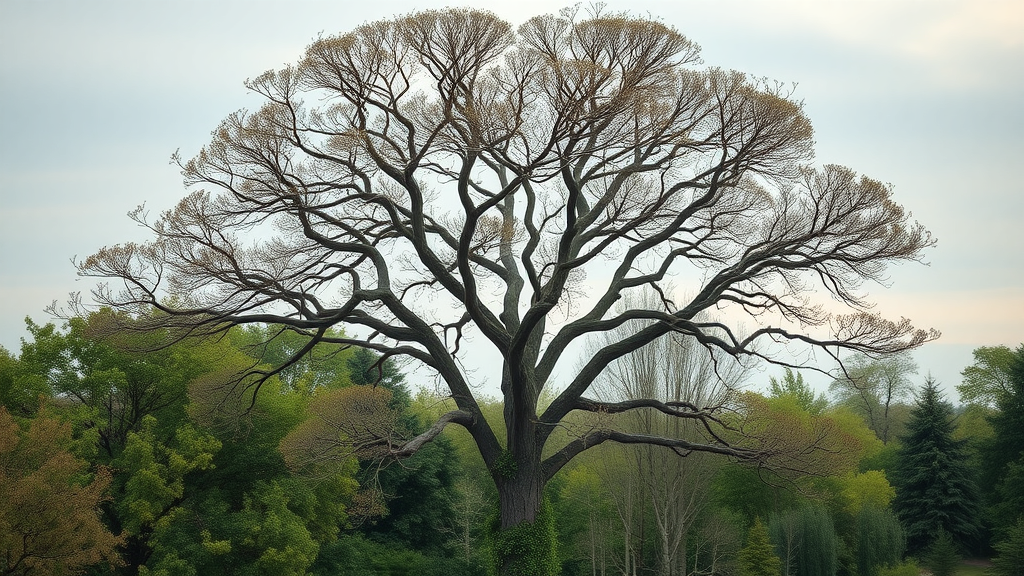
Infestation Below the Bark: How Larvae Tunnel Through Ash Wood
The most damaging stage of ash borer infestation occurs out of sight. Eab larvae tunnel winding, S-shaped galleries just beneath the bark, severing the vessels that carry water and nutrients throughout the tree. Over time, these galleries multiply, causing significant disruption to the flow within ash wood and leading to rapid decline. In cross-sections of infested wood, you’ll see pale, serpentine tracks scarring the inner layer. Sometimes, bark splits open and exposes larvae in action. Once these signatures are visible, tree health declines quickly, and other symptoms like leaf scorch and bark splitting are more severe.
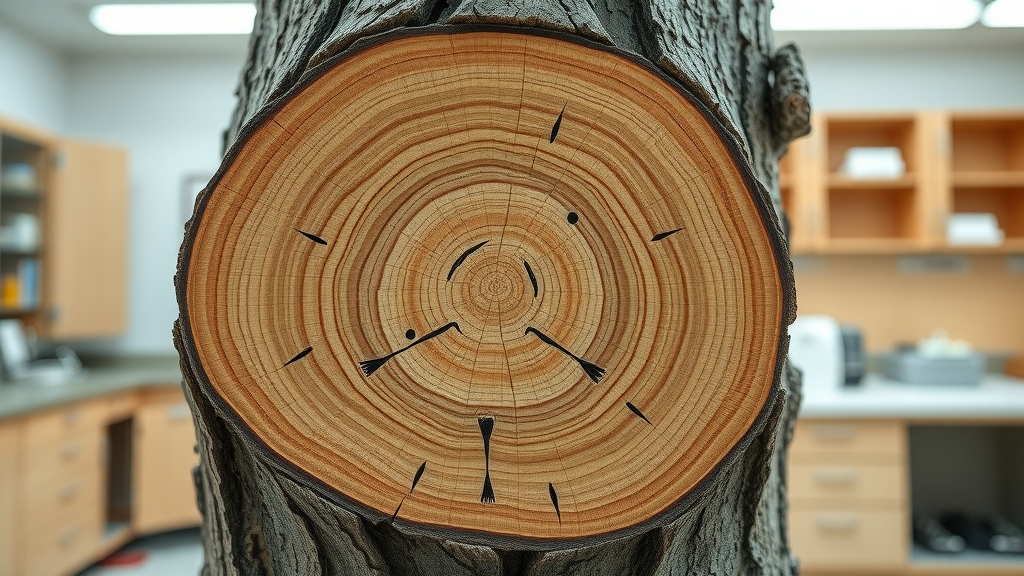
Real-World Examples: How EAB Infestation Symptoms Are Identified
Case Study: Urban North America’s Battle Against Ash Borer Infestation
Cities across North America face immense challenges from ash borer . Municipal crews repeatedly survey city parks and streets, searching for visible exit holes , canopy dieback, and bark splits. Despite proactive measures, the devastation can be swift and dramatic—once-thriving urban forests rapidly lose dozens, hundreds, or even thousands of ash trees in mere years.
"The loss of our city’s ash trees has left visible gaps along our streets and parks, reminding us daily of the emerald ash borer’s devastation." – Urban Forestry Director, Midwest USA
This ongoing battle highlights the importance of vigilance and rapid response. Monitoring and removing infested trees helps slow the spread to healthy populations, and public awareness campaigns educate residents on what symptoms to spot and report.
Best Practices for Early Detection of Ash Borer Infestation Symptoms
Regular Ash Tree Inspection: What to Look Out For Each Season
Early detection is your best weapon against ash borer infestation . Inspect ash trees at least twice per year, focusing in early spring—after adults start emerging—and in early fall, before leaf drop. Key areas to examine include the trunk, major limbs, and the canopy for unnatural thinning, yellowing, or branch dieback. Look closely for D-shaped exit holes , bark splits, and any sawdust on the ground around the trunk. Note any presence of epicormic shoots or new leaves sprouting low on the trunk. Regular, thorough inspections enable treatment at the earliest—and most promising—stage.
List: Top 5 Early Symptoms of Ash Borer Infestation
- Canopy thinning
- D-shaped exit holes
- S-shaped galleries under the bark
- Bark splits revealing larvae
- Presence of adult emerald ash borers
Differentiating Ash Borer Symptoms from Other Ash Tree Diseases
Many ash tree diseases produce symptoms similar to ash borer infestation , but key differences exist. Fungal infections, for example, may cause dieback but do not produce the D-shaped exit holes or S-shaped larval galleries below the bark. Ash yellows, a common disease, results in yellow leaves and stunted growth but doesn’t cause bark splitting or visible boreholes. When in doubt, consult a certified arborist or extension agent to confirm identification. Bag any suspicious larvae or adult beetles for analysis at local department of agriculture offices to rule out or confirm an emerald ash borer infestation .
How to Protect Ash Trees from Emerald Ash Borer Infestation
Proven Preventative Treatments for Emerald Ash Borer
The most effective way to guard your trees is through proactive management . Systemic insecticides—applied by trunk injection, soil drenching, or bark spray—can kill larvae feeding within and prevent new infestations. Best results are achieved when treatment is started before heavy borer infestation , ideally at the first sign of ash borer infestation symptoms . Only have certified professionals treat trees, as improper applications can harm both your tree and local wildlife. Repeat applications every 1-2 years may be necessary for ongoing protection if your region faces established emerald ash borer populations.
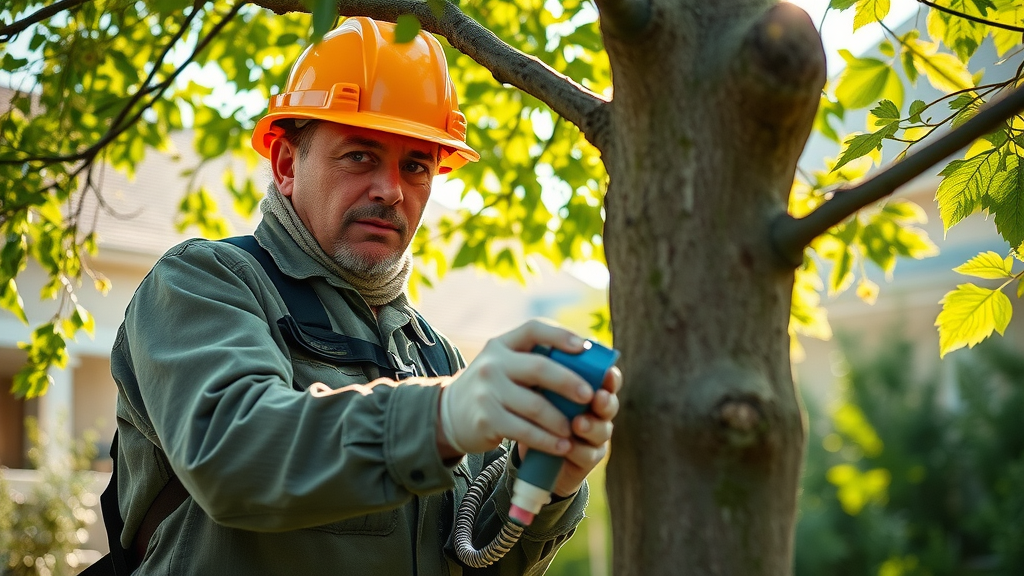
When to Consider Chemical vs. Biological Control
Chemical treatments, while effective, may not be suitable for all situations—especially near wetlands, food gardens, or for small-scale outbreaks. In these scenarios, biological control options exist, such as introducing parasitoid wasps that specifically target EAB larvae. Weigh risks and benefits with assistance from local forestry experts. Integrated pest management—combining chemical, biological, and cultural controls—offers the most sustainable path to slowing the spread and preserving ash species across North America .
People Also Ask: Early Detection and Ash Borer Management
How do you know if you have ash borer?
Key visible ash borer infestation symptoms include D-shaped exit holes in ash wood, canopy dieback, and S-shaped larval galleries beneath the bark. Confirming presence usually involves a close inspection of your ash trees for these hallmark signs.
Can a tree recover from ash borer?
Recovery from ash borer infestation is rare once symptoms are severe, but early intervention with treatment can sometimes save lightly affected ash trees if caught during the initial stage of infestation.
What are the symptoms of the ash borer?
Symptoms of ash borer infestation include thinning canopy, bark splits revealing galleries, D-shaped exit holes, and epicormic shoots on the trunk.
How do you get rid of ash borer?
Effective management of ash borer infestation incorporates a combination of systemic insecticide treatments, removal and destruction of infested wood, and monitoring for new symptoms in nearby ash trees.
Expert Insights and Tips for Managing Ash Borer Infestation Symptoms
Quote: "Early intervention remains the single most effective way to protect ash trees from emerald ash borer devastation." – Forest Entomologist
List: Mistakes to Avoid in Ash Tree Management Against Ash Borer
- Ignoring early ash borer infestation symptoms
- Using unapproved treatments for emerald ash borer
- Improper pruning of infested limbs
Essential Ash Tree Infestation FAQs
What are the risks of untreated emerald ash borer infestation to North America’s ecosystems?
Untreated emerald ash borer infestation can lead to the near-elimination of ash tree populations in affected regions. This disrupts wildlife habitat, increases soil erosion, and decreases urban shade, resulting in ecological and economic impacts across North America.
Can non-chemical management strategies work for small-scale borer infestation?
Yes, for limited outbreaks, removal and destruction of infested wood and the introduction of biological controls may help slow the spread, though chemical protection remains the best option for heavily threatened areas or valuable specimen trees.
How frequently should ash trees be monitored for signs and symptoms of ash borer infestation?
Ash trees should be inspected at least twice per year—early in spring and again in early fall. Increased monitoring is wise in regions where emerald ash borer is known to occur or spreading rapidly.
Key Steps for Safeguarding Ash Trees from Borer Infestation
- Schedule annual professional inspections of ash trees
- Educate your community on emerald ash borer infestation
- Promptly treat confirmed or high-risk ash trees
- Dispose of infested ash wood properly
- Report new emerald ash borer sightings to local authorities
Take Action Now to Protect Ash Trees Against Ash Borer Infestation Symptoms
- Do not delay—monitor your ash trees for common ash borer infestation symptoms today and contact a certified arborist to develop an emerald ash borer management plan. Early detection remains your best tool for preserving North America's valuable ash tree resources.
 Add Row
Add Row  Add
Add 

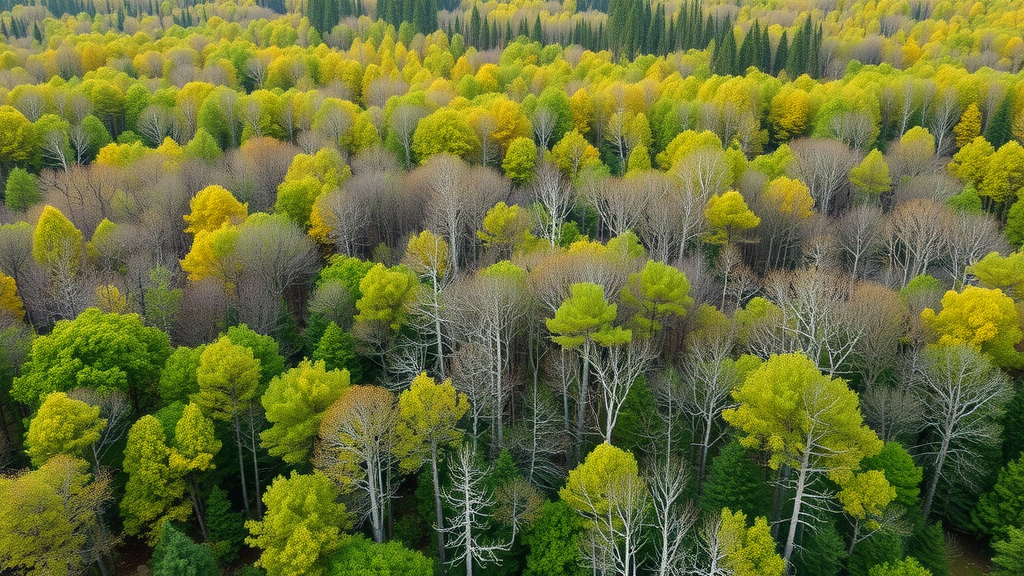
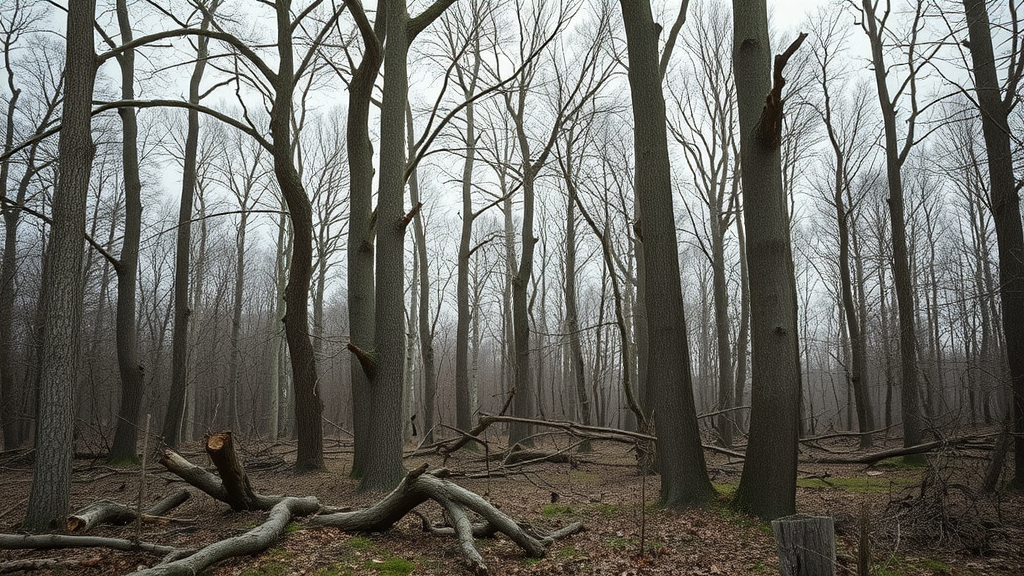
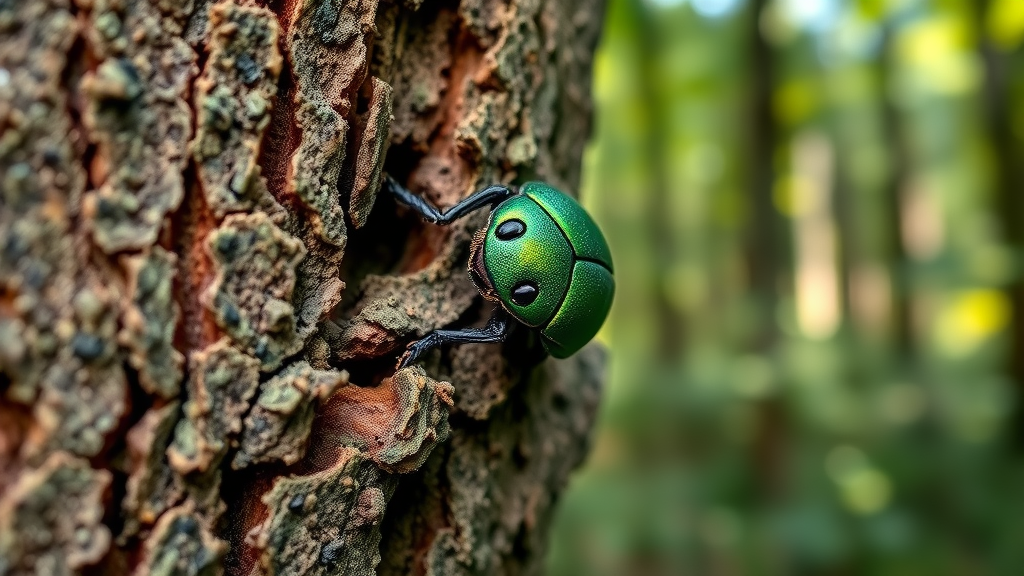
Write A Comment